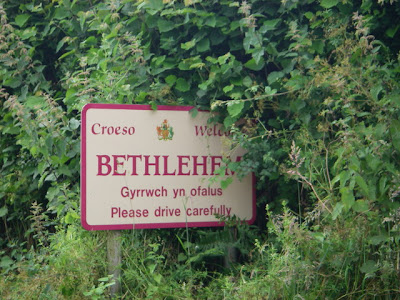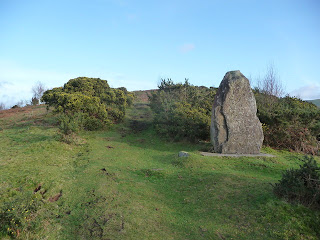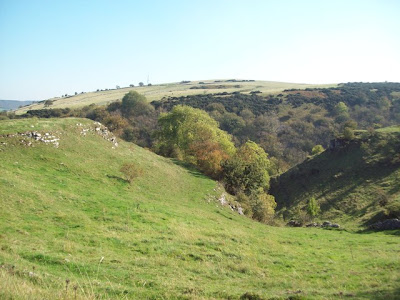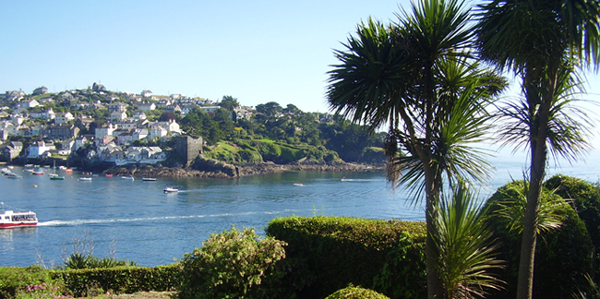By
Rob Berry-Smith
There's more to Scotland than the enchanting Edinburgh and the fascinating Glasgow. Further north, the country has some of the most beautiful scenery in the world, not to mention eclectic wildlife and rich historic culture.
One place of note is the isle of Islay, Queen of the Hebrides, with its 3,200 passionate residents and 130 miles of largely unspoilt coastline.
Many tourists flock to the Scotland's fifth largest Scottish island for its wildlife, particularly bird species. During February, birdwatchers arrive on the island to see a large colony of barnacle geese, while resident birds include the hen harrier, sea eagle, chough, oystercatcher and cormorant. Meanwhile, other wildlife enthusiasts come to Islay to see the working farm of Loch Gruinart Nature Reserve.




























